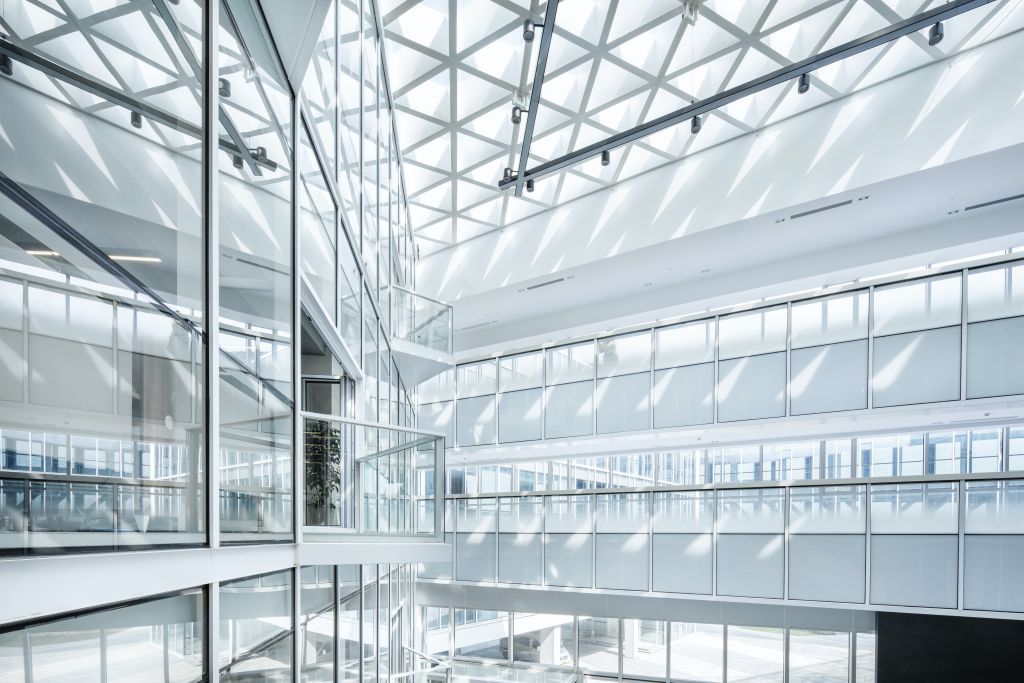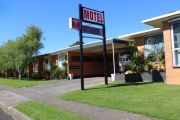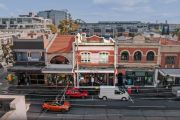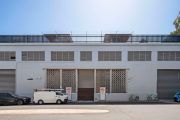
What lies ahead for the office market? The experts share their predictions
Everyone in the office real estate space is eager for a glimpse of what the longer-term future may hold.
We asked some of the top experts in the sector for their tips for the state of the office market in five years’ time.
John Sears
Head of research, ANZ, Cushman & Wakefield
“We’ll see a 5 to 15 per cent decline in the amount of office space leased. If there’s an 80 per cent occupancy rate, that suggests to us a drop that could be as high as, say, 20 per cent, with workers opting to be in the office Tuesday, Wednesday and Thursday, and working from home Monday and Friday. At the same time, offices that are well located and can cater for ESG [environment, social and governance] and are close to amenity will outperform others in terms of tenant demand.”
Jim Groves
Chief executive, Rubberdesk
“Demand for flexible space will solidify. The technology will be smarter about knowing where colleagues are at any one time across a company’s entire property portfolio. You might be going to Melbourne or Brisbane and want to meet someone and you’ll know they’ll be in a certain flexible space on the Wednesday, so you can book a seat next to them.”
Mark Curtain
Head of office leasing, Pacific, CBRE
“The divergence between premium and second-grade office space will continue, particularly with the growing demand for quality, better amenities and good ESG ratings. Many companies will upgrade to better space that older buildings simply won’t be able to offer. So, then the challenge for the office market will be, what do we do with those older buildings?”
Mike Zorbas
Chief executive, Property Council of Australia
“Compared to other markets internationally, Australian stock is at very manageable levels and there are several drivers that will add even more strength over time. There’s definitely an appeal to overseas investors as we’re the fourth most transparent market in the world and population drivers are very strong.”
Simon Hunt
Managing director office leasing, Colliers
“Occupiers will continue to redefine office space as more of an employee ‘experience’ where an organisation mentors and creates a team environment to elevate the performance of the individual and of the company. There’ll also be an increasing emphasis on value alignment, with things like ESG and wellness and health. This will, in turn, lead to even great divergence between prime properties … and B-grade [properties].”
Simone Linossi–Grove
National design principal, Creo Design Group
“The emphasis on collaboration and co-working is spilling into even conventional office space, with a lot more focus all the time on different offices even sharing facilities, kitchens and coffee machines. We’ll see more of this in the future. It means opportunities for employees to network and socialise with employees from other businesses.”
Tim Molchanoff
Head of office leasing, Cushman & Wakefield
“Over the next five years, we’ll see the new workplace evolving and being fine-tuned and enhanced. It might be adjusted to create more work space in the longer term, and more collaborative space. I think we’ll still see an element of working from home, but that could go down to just one day a week or part of a couple of days a week.”
Amanda Stanaway
Principal and global leader, workplace interiors, Woods Bagot
“I think, by five years’ time, we’ll have got our heads around designing for hybrid working. But we now know that productivity, with the quality of work and ideas, has decreased when we work from home, despite many people’s perceptions. So, instead of using existing infrastructure for the future hybrid, we need to come up with better ideas about designing properly around flexibility, and putting clients back at the centre.”










